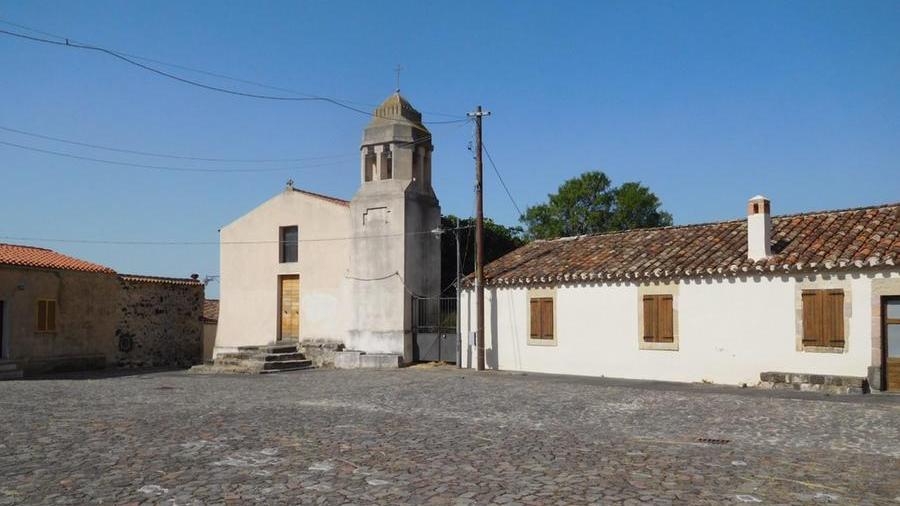History, grain, poetry the treasures of Bonorva
The land of the language of rhymes, of good bread and with a very ancient past to unveil
Bonòrva or 'Onòrva is named the Sardinian Siena by archaeologist, linguist, and lecturer Giovanni Spano, because of the purity of the Sardinian Logudorese language that is spoken in the village. The village finds behind it the Campeda Plateau and at its foot the fertile plain of Santa Lucia.
This location has allowed the development of an economy based mainly on agriculture, especially the production of Triticum to the point of calling the center the “Granary of Sardinia”. Even today, wheat is the main ingredient for the production of the typical Zichi bread, a symbol of the territory's identity to which the administration dedicated a 3-meter steel and polychrome resin sculpture located right at the entrance to the town and renews the appointment with the exhibition dedicated to the typical bread.
This year the XXIXth edition will be held on August 12. Anyone wishing to visit the town can walk along Corso Umberto to reach the parish Church of the Nativity of Mary, late Gothic built between 1582 and 1610; but even earlier Church of St. John the Baptist, consecrated in 1174. Also important are the Church of Santa Vittoria, dating from the 17th century, and the Church of San Simeone with its namesake, recently restored whose celebrations are just these days.
Bonorva also boasts a vast nuragic heritage among which the hypogeic necropolis of Sant'Andrea Priu stands out. This is an archaeological site located on the southern side of the fertile plain of Santa Lucia and is about ten kilometers from the town. The complex chronologically is placed in the Final Neolithic (3500-2900 B.C.) is composed of about twenty hypogeic tombs of the domus de janas type, one of which with its eighteen rooms results out to be one of the largest among those found in the Mediterranean basin. Inside the Mariani Estate, rich in forests of holm oaks, downy oaks and cork oaks, crossed by streams that form waterfalls. Inside is the hypogeic necropolis of sa Pala Larga with tombs painted red and parts carved in bas-relief. Tomb III in particular features a magnificent pillar carved with a very naturalistic bull's head and decorated with a series of concatenated spirals, which can be considered the oldest work of large sculpture so far found in Sardinia.
A walk is worthwhile to the unique medieval village of Rebeccu. Consisting of a few small stone houses, some restored, and a small church dedicated to Santa Giulia, the small village perched on the hill and composed of a few houses stands on a rocky ridge of the Meilogu, dominating the plain of Santa Lucia, six kilometers from Bonorva. Next fall, thanks to the collaboration between Babbaiola cooperative administration and pro loco, the village will be enlivened by Medieval Atmospheres with the first edition of the event “Rebeccu Atmosfere Medievali. History of a medieval day in the ancient village”.
For the occasion archers and knights will simulate ancient Medieval fights. Just 300 meters from Rebeccu is the sacred spring of Su Lumarzu, a well-preserved pre-Nuragic fountain enclosed almost entirely by a stone dome of the diameter.
Not far from the village of Rebeccu and the necropolis of S. Andrea Priu, in a very important area for the Roman road system is the thermal complex of Sas Presones.
«Our territory is particularly suited to tourism, – stresses Bonorva Mayor Massimo D'Agostino –. In a particular way, the village of Rebeccu is experiencing a really important historical era. Its beauty makes it an ideal setting for any event, from food and wine events to craft events to the revisiting of medieval history that will take place in the fall. For young people and adults, there is no shortage of other attractions offered by bridleways and spiritual paths: Bonorva is in fact the eighth stop on the “cammini di Santu Iacu”. The “cammino di San Giacomo”».

